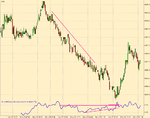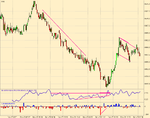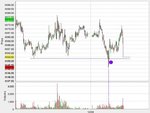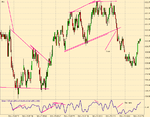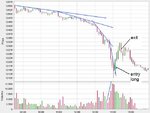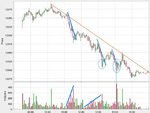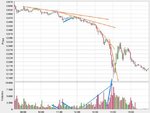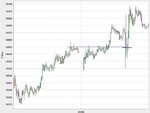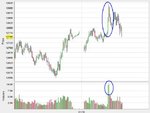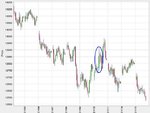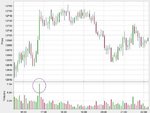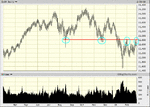article
Most beginners in trading heard about the concept of tape reading. Unluckily, there is not much materials available that explains it in details. I hope I can provide some guidance here for our readers to learn the basics of tape reading.
What is Tape Reading?
Tape Reading is the study of raw price actions down to the finest resolution - where each trade occurs and where all possible bid/ask updates are monitored.
The term tape comes from ticker tape, print out by the ticker tape machines available since 1870s which reports the latest trade/bid/ask update information.
Nowadays, if you think about it, such information is very hard to interpret due to the fact that the amount of data to process is huge. This concern alone makes tape reading something mystical and sometimes even regarded as born with talents because many well known professional traders are famous for their tape reading skills.
By reading the tape properly, a trader is supposed to be able to tell if the market is weak or strong. This extra information is critical for trading, especially useful when you are daytrading. Just think, if you can identify the strength of the market you trade correctly 90% of the time, you will be able to take advantage of that to wait and buy at bid (when the market is weak), or sell at the ask (when the market is strong). That along will improve your trading performance drastically.
Basic Tape Reading
1. Do not look at the tape all the time, focus on the tape only when the market is closing in at critical price levels (previous day high, previous day low, pivot point, etc.).
2. Best is looking at a depth window with the current bid ask listed at the top, next is watching the quote window with the best bid and ask at the side. Using time and sales window to read the tape is not recommended.
3. Learn to identify 2 distinctive behaviours - a. when the market is moving in a particular direction, is there a lot of resistance. b. when the market is charging a particular price level, is it taking out that price level decisively.
4. Learn to identify a third state - the market is confused.
Some Useful Hints at Learning Tape Reading
When a price level is a strong resistance, the asking price will keep reappearing again and again even though the price got taken out a few times.
When a price level is a weak resistance, the price will be taken out decisively (sometimes after struggling for a short period of time).
A confused market will usually rally to a particular price point and then drop suddenly to a lower but close by price level. The market will then struggle between the two price levels. That implies a confused market and it is not likely you can figure out the direction of the next big move. In this case, stay at the sideline.
Having huge size in the bid does not necessarily means the bid is strong. On the other hand, when a bid got hit and trades started to fill at the bid, while the bid size keep increasing, that is a strong bid.
Tape Reading is Not Fool Proof
Tape reading is a useful technique but it is not 100% correct all the time. Thats true especially when some major players are hiding their bids and offers.
When the buy side traders are scaling into a position (i.e. buying at the bid while the price is dropping, or vice versa) it is then very hard to identify the strength of the market. That will usually results in V-shape reversal price pattern.

